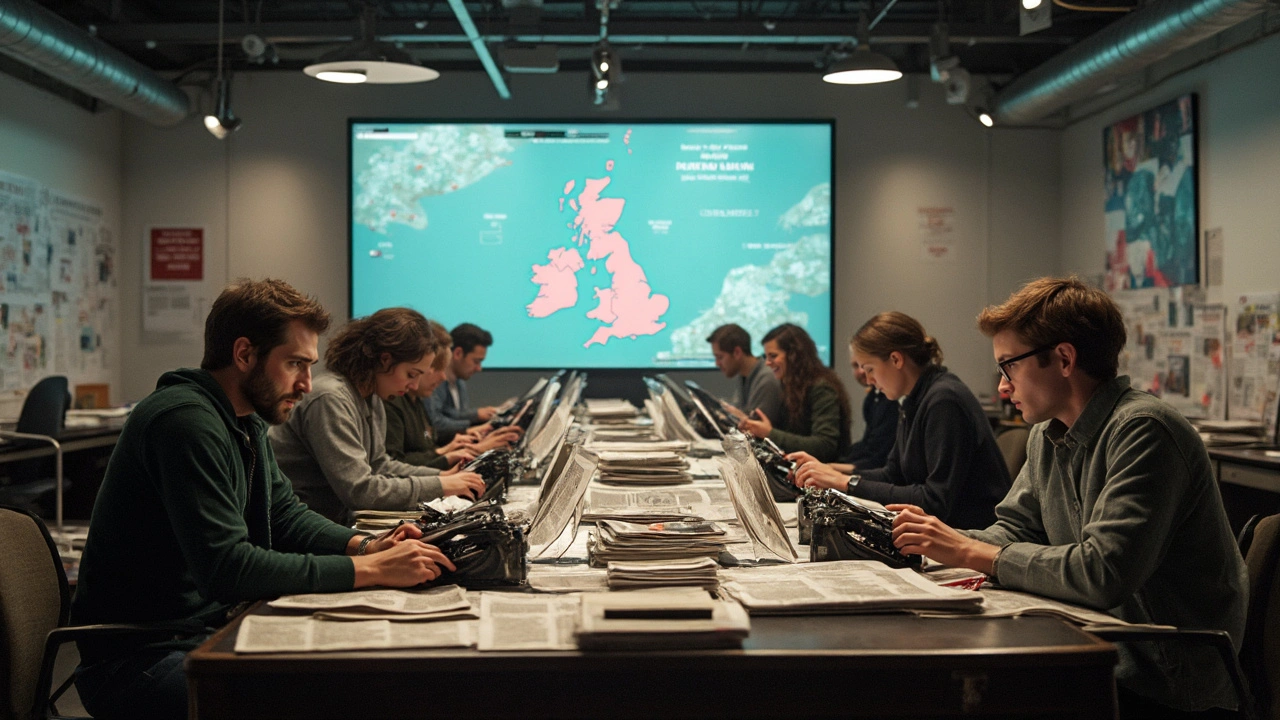Political Newspapers in the UK – What They Are and Why They Matter
If you keep up with UK politics, you’ve probably seen the names The Guardian, The Daily Telegraph, or The Financial Times pop up in headlines. Those are political newspapers – publications that focus heavily on government, policy, and party news. They’re not just news sources; they help shape how people talk about politics, what issues get attention, and even how politicians frame their messages.
Key Players in the Political Press
In Britain, a handful of titles dominate the political scene. The Guardian leans left, often highlighting social justice and environmental stories. The Daily Telegraph and The Times sit on the right, giving more space to business and conservative viewpoints. The Financial Times sits in the middle, focusing on economic policy and global markets. Each paper has a core audience, and that audience trusts the paper’s take on political events.
Beyond the big names, there are regional papers like the Manchester Evening News or the Metro that also run political sections. They bring local angles to national debates, which can be useful if you want to see how a policy affects your city. Online-only outlets such as Politico Europe also add a digital twist, offering quick updates and newsletters that cut through the clutter.
Understanding Bias and Ownership
Bias isn’t a secret – every newspaper has a point of view shaped by its owners, editors, and readers. The Guardian is owned by the Scott Trust, which promises editorial independence, but the paper still leans progressive. The Daily Mail, part of the Daily Mail and General Trust, tends to support conservative causes. Knowing who owns a paper helps you spot which angles might be emphasized.
Ownership matters because it can influence hiring, story selection, and even the language used in articles. For example, a paper owned by a large media conglomerate might avoid criticizing its parent company’s interests. Awareness of these links lets you read more critically and cross‑check facts across different sources.
When you’re looking for balanced political news, mix and match. Read a left‑leaning outlet, a right‑leaning one, and a centrist source. Compare how each covers the same story – you’ll notice differences in tone, what facts are highlighted, and which experts are quoted.
Most political newspapers also publish opinion pieces alongside straight news. Op‑eds can be insightful, but they’re designed to persuade. Keep an eye on the label – “analysis” or “opinion” – to know when you’re reading a fact‑based report versus a columnist’s personal take.
Digital tools make it easier to track political coverage. Use RSS feeds or news apps that let you select specific topics like "UK elections" or "brexit". Many papers also offer newsletters that summarize the day’s biggest political stories in a quick email.
Finally, remember that political newspapers are part of a broader media ecosystem that includes TV, radio, and social media. A story that starts in a print article often spreads to podcasts and tweet threads, gaining new angles along the way. By staying aware of where a story originates and how it evolves, you’ll get a clearer picture of the real political landscape.

What's the Deal with USA Today's Political Leanings? Uncover Alternatives in 2025
Looking for alternatives to USA Today in 2025? Discover how newspapers like The Tennessean offer robust local insights along with their political biases, providing fresh perspectives for readers seeking balanced news. Explore pros and cons of these alternatives to find news that speaks to your viewpoint.
READ MORE